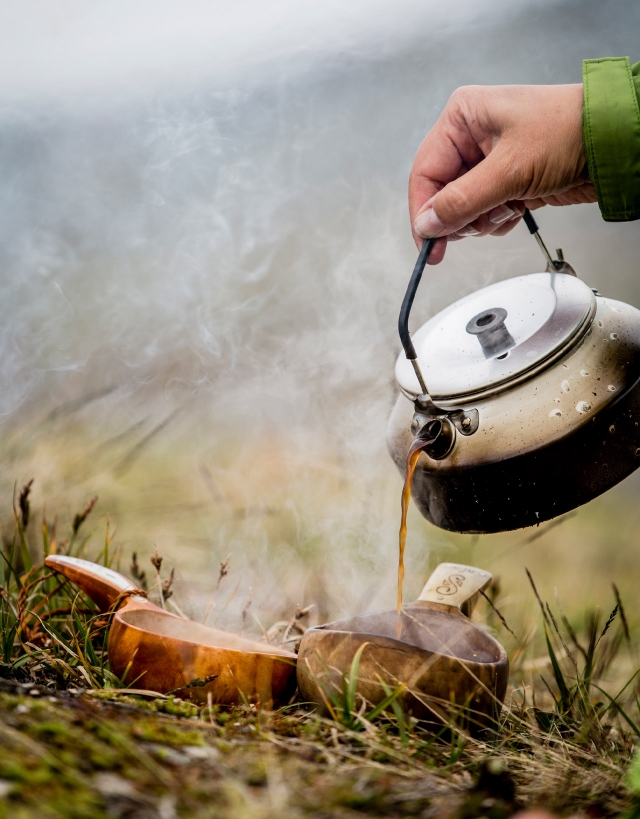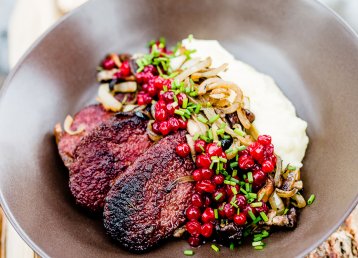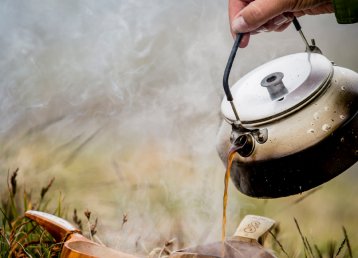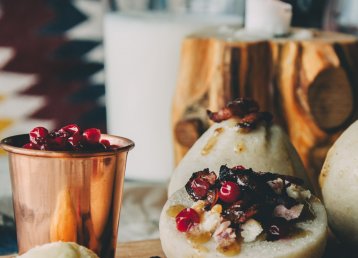Our fika tradition
You might have read somewhere that Swedes drink a lot of coffee. Specifically, 3.2 cups per person every day. When we go abroad, coffee is the first thing we Swedes complain about: it’s too weak or served in too small cups – I think they call them espresso.
The high coffee consumption probably has to do with our fika tradition. That brief moment, or moments, during the day when we sit down, have a cinnamon bun and wash it down with a cup of coffee. If you’ve ever worked for a Swedish company, you’ve probably been surprised by the verging on mandatory fika breaks every morning and afternoon. Or noted that as soon as you step into a Swedish home, they ask if you’d like a cup of coffee, serving it with lots of different kinds of cookies.
Our relationship with coffee
In Arctic Sweden, we also view coffee as an integral part of our spiritual well-being. Because coffee is something that should be enjoyed outdoors, in peace and quiet. It’s no coincidence that the marketing material for Swedish Lapland often contains a photo of a coffee pot boiling over an open fire. In many ways, this embodies our relationship with coffee – but above all with nature. For us, in Swedish Lapland, it’s kind of like a second living room where we go to relax. When no one is looking, we put our feet up on the table and balance a cup of coffee on our stomachs.
Accessibility in nature is something natural to us, provided by the Swedish Right of Public Access or “Freedom to roam”. We’re allowed to camp and light fires almost everywhere as long as we respect nature on its own terms. We camp at forest edges, by river banks, in picnic areas and valleys – and make a cup of coffee.
KAFFETÅREN
It might be one of Swedish Lapland’s weirdest habits, our custom to put cheese and meat in the coffee. But it’s a very long tradition that we still cherish and just like Johnny Johansson says: It’s oh, so good.
How to warm your soul
First, we make a fire, then fill the coffee pot with water from the nearest stream and put it on top of the flames. When the water is boiling, we pour coarsely-ground coffee into the pan. How much you pour is individual, but when it starts looking like a little round mountain on top of the water, we’ll stop. Then we wait. Some stir the coffee, but you don’t really have to. Just wait until the grounds have made it to the bottom of the pan. If you’ve used water from a stream, you can add a pinch of salt too. Now slowly, slowly, pour the coffee into the classic kåsa drinking cup and let it thaw your frozen fingers and warm your soul.
Fika is an essential part
Unless you’ve brought the kids of course.
When they’re still too young to drink coffee, all they want to do is grill sausages over your coffee fire. But that’s part of it too. Because fika is an essential part of all outdoor activities from an early age. Along the ski track, at the ice-fishing hole, at the beach – the parents make a fire and the day is complete. As soon as the kids are occupied by setting fire to pine cones and random bits of paper, you can sit back and enjoy your coffee.


























